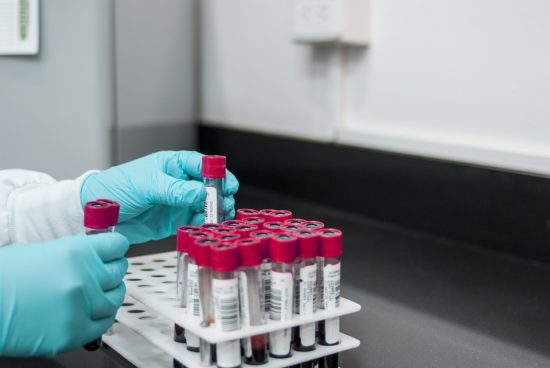Combining demographic shifts with age-based resistance prevalence to estimate future antimicrobial resistance burden in Europe and implications for targets: A modelling study
This large European modeling study used over 12.8 million bloodstream infection (BSI) surveillance records (2015–2019) to project the future burden of antimicrobial resistance (AMR) in Europe to 2050, considering age, sex, and demographic change. Results show that BSI incidence is expected to rise more in men than in women and especially among people aged 74 years and older, while rates may stabilize or decline in younger groups. There is significant variation between countries and bacterial species, with some showing sharp increases in resistance and others stabilizing. Models that ignore age and sex differences underestimate AMR burden, particularly among older men. Achieving the United Nations target of a 10% reduction in resistant BSI incidence by 2030 will be very difficult—possible for only about two-thirds of bacteria–antibiotic combinations even under strong intervention scenarios. Overall, the study highlights that demographic change, sex, and age patterns critically shape future AMR trends, and that major reductions in infection incidence are needed to meet global targets.
AMR NEWS
Your Biweekly Source for Global AMR Insights!
Stay informed with the essential newsletter that brings together all the latest One Health news on antimicrobial resistance. Delivered straight to your inbox every two weeks, AMR NEWS provides a curated selection of international insights, key publications, and the latest updates in the fight against AMR.
Don’t miss out on staying ahead in the global AMR movement—subscribe now!






